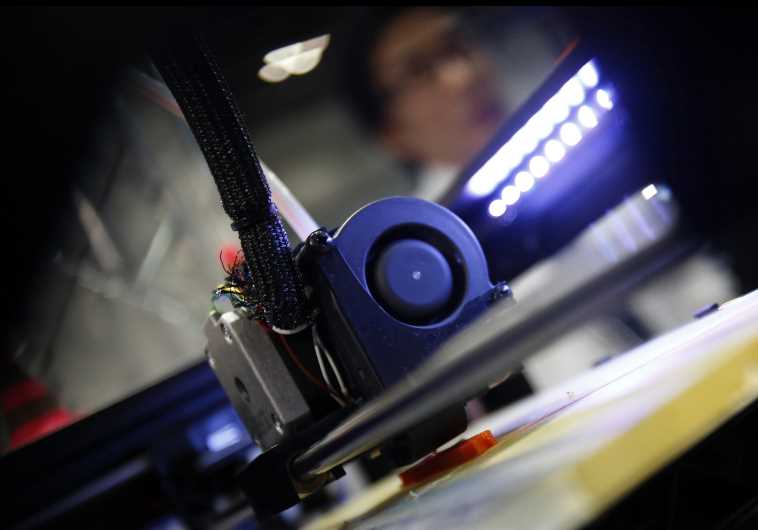Hebrew University opens pioneering 3D and functional printing research center
Center director says it will be an interdisciplinary hub catering to researchers and students from across the university's scientific disciplines.
 3D printer at work (stock) Updated:
3D printer at work (stock) Updated: